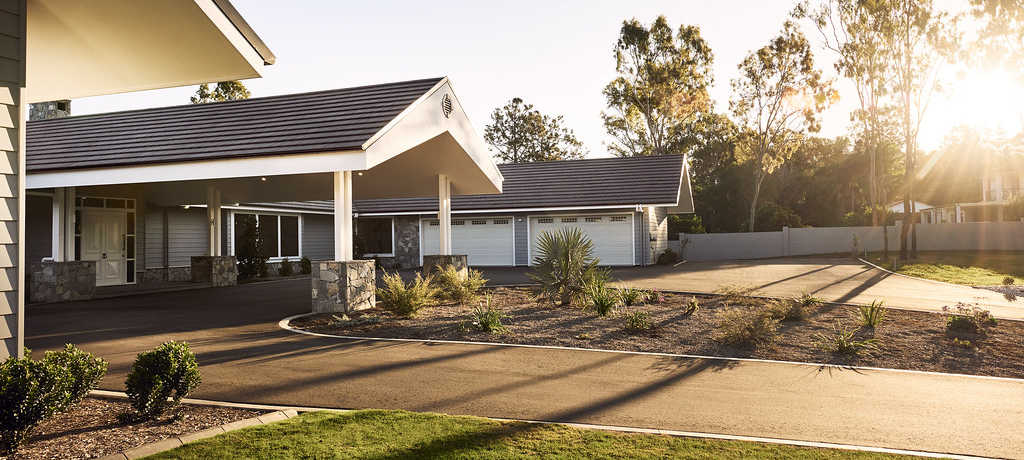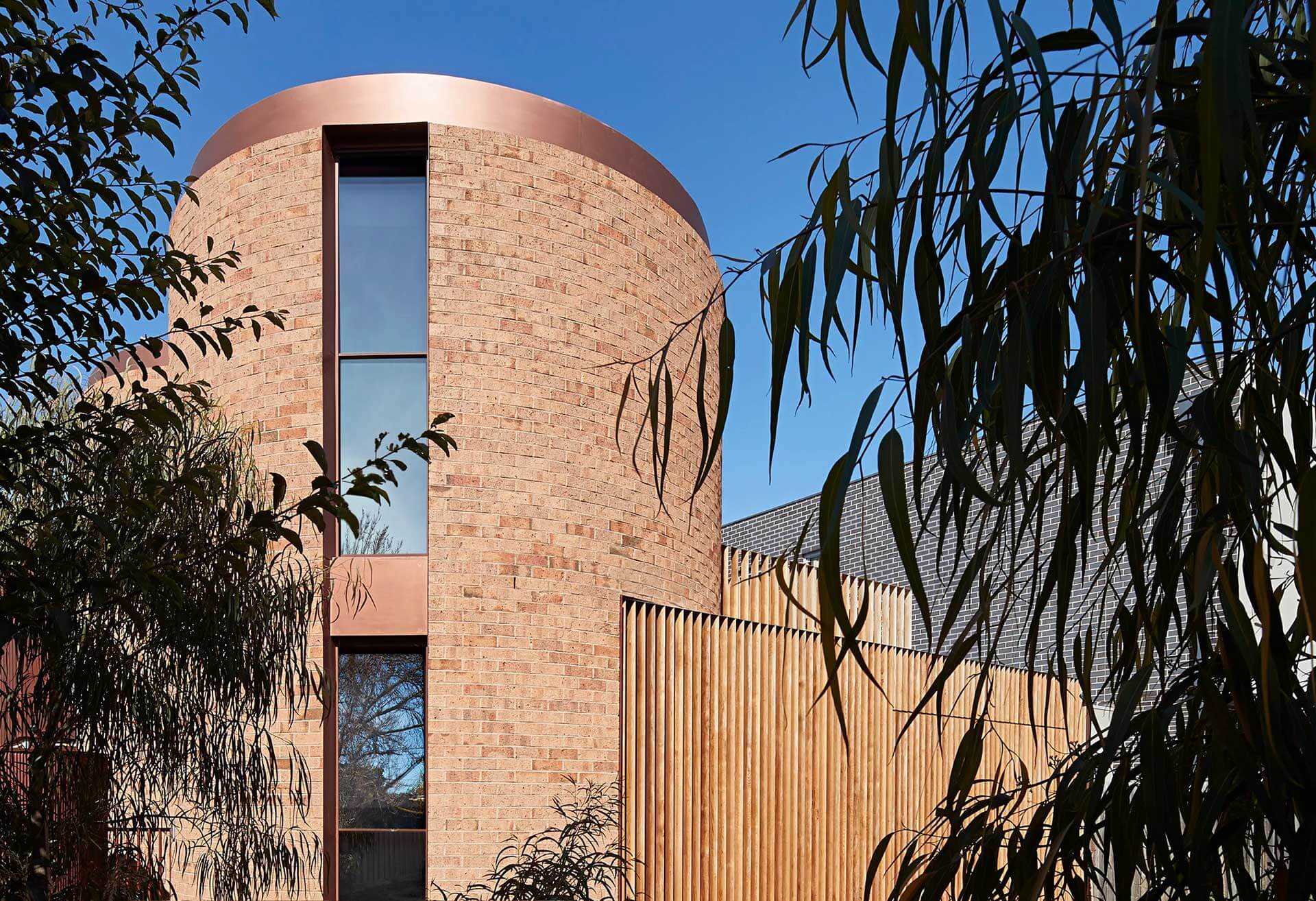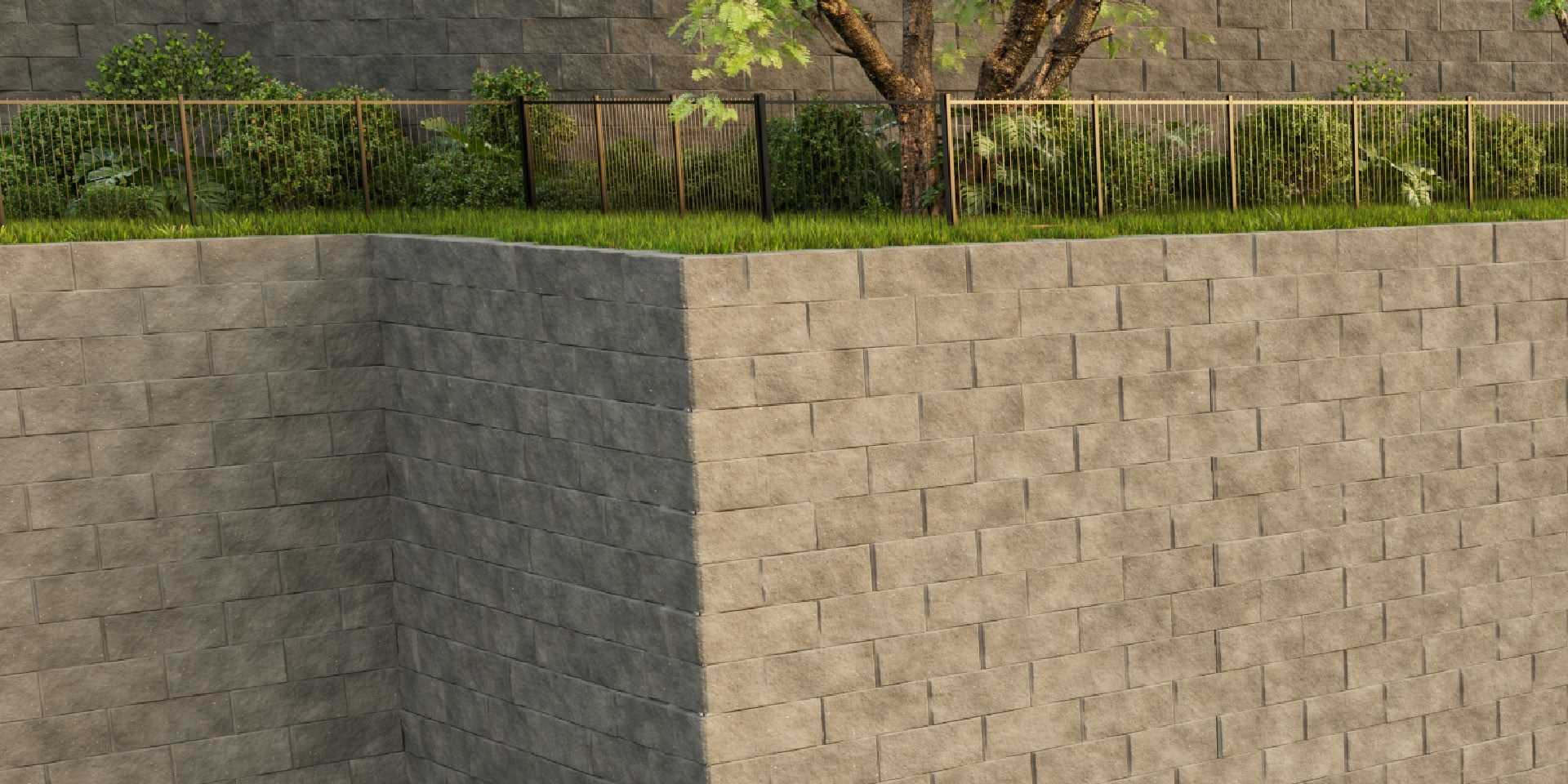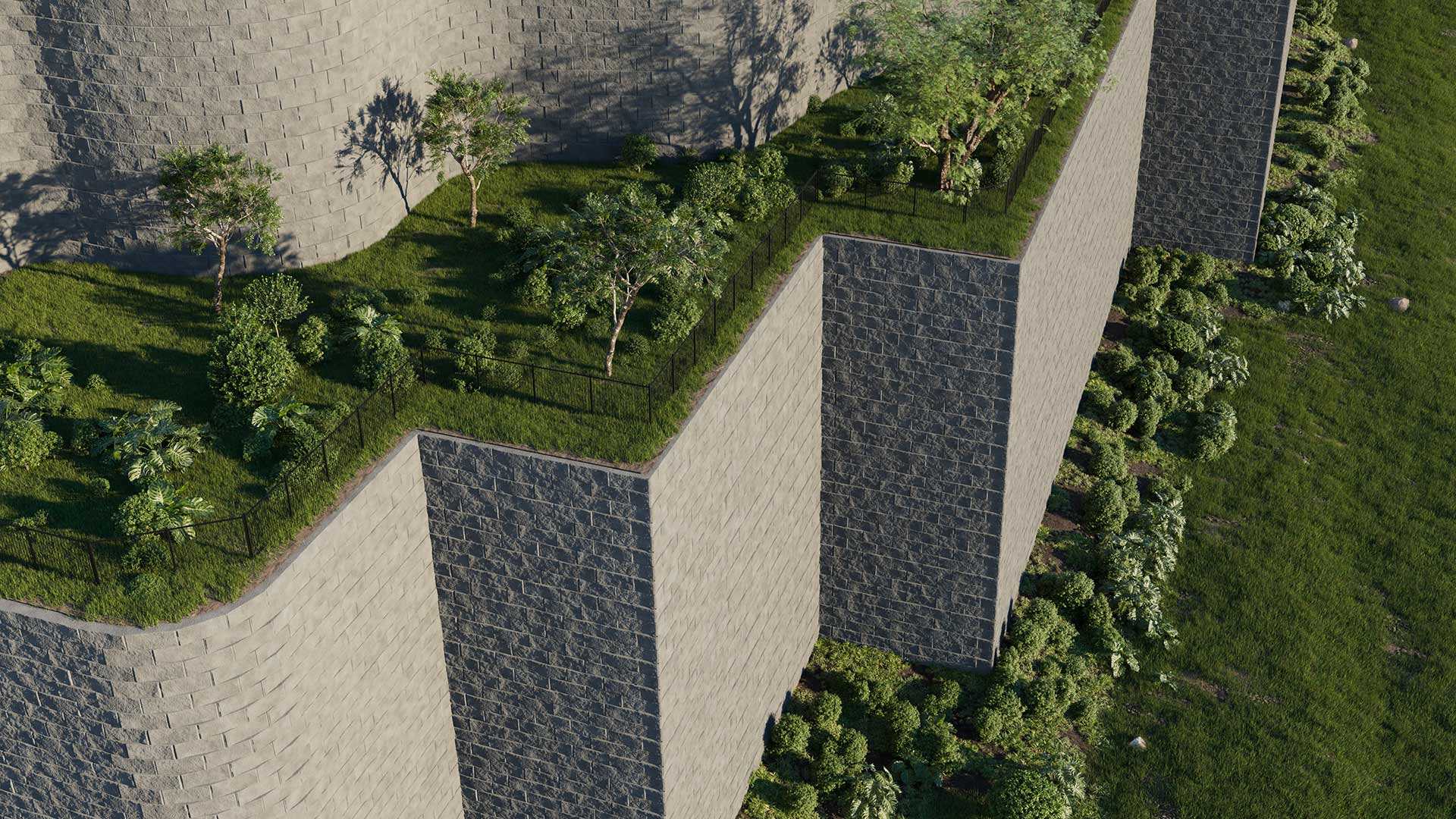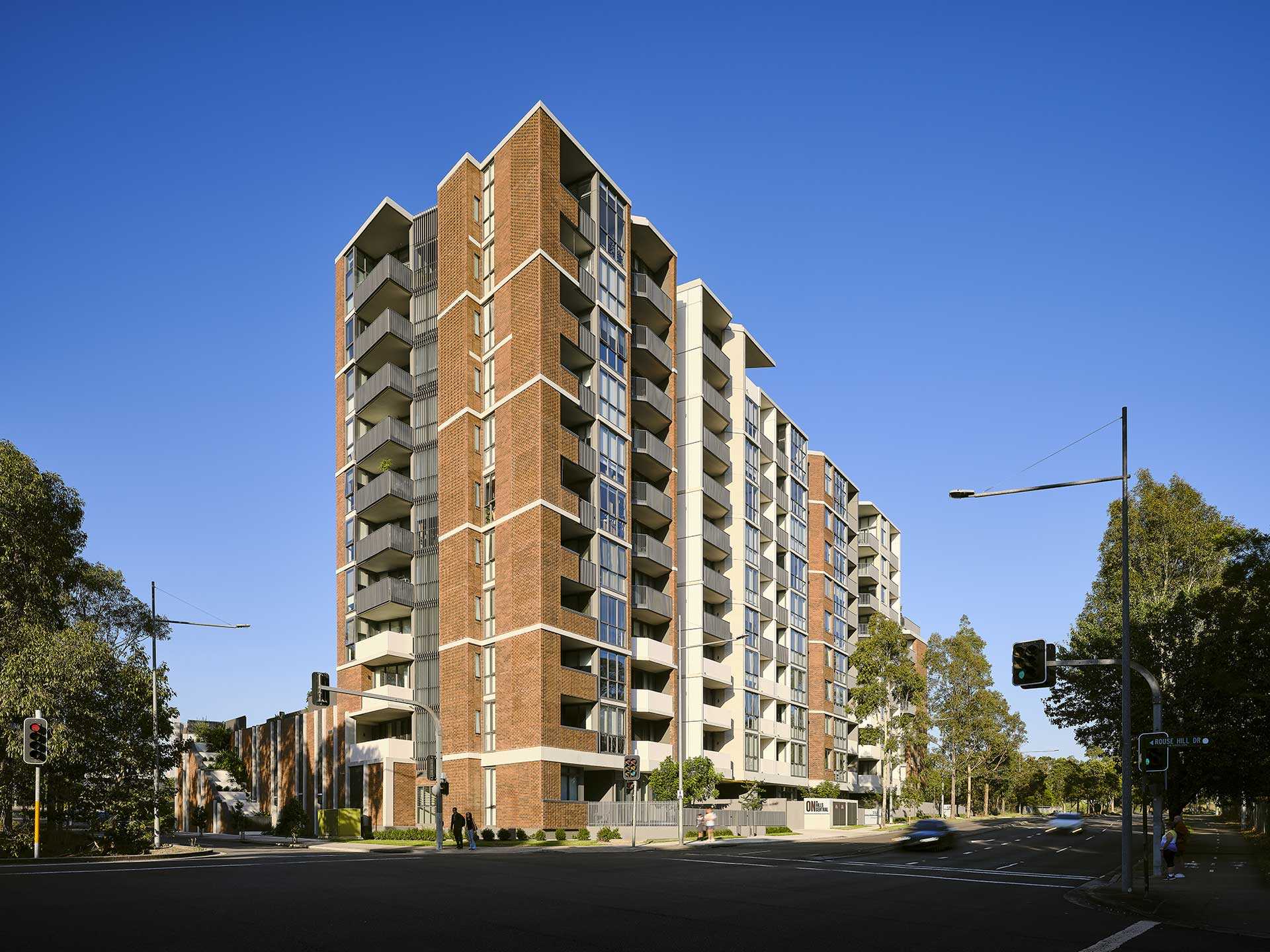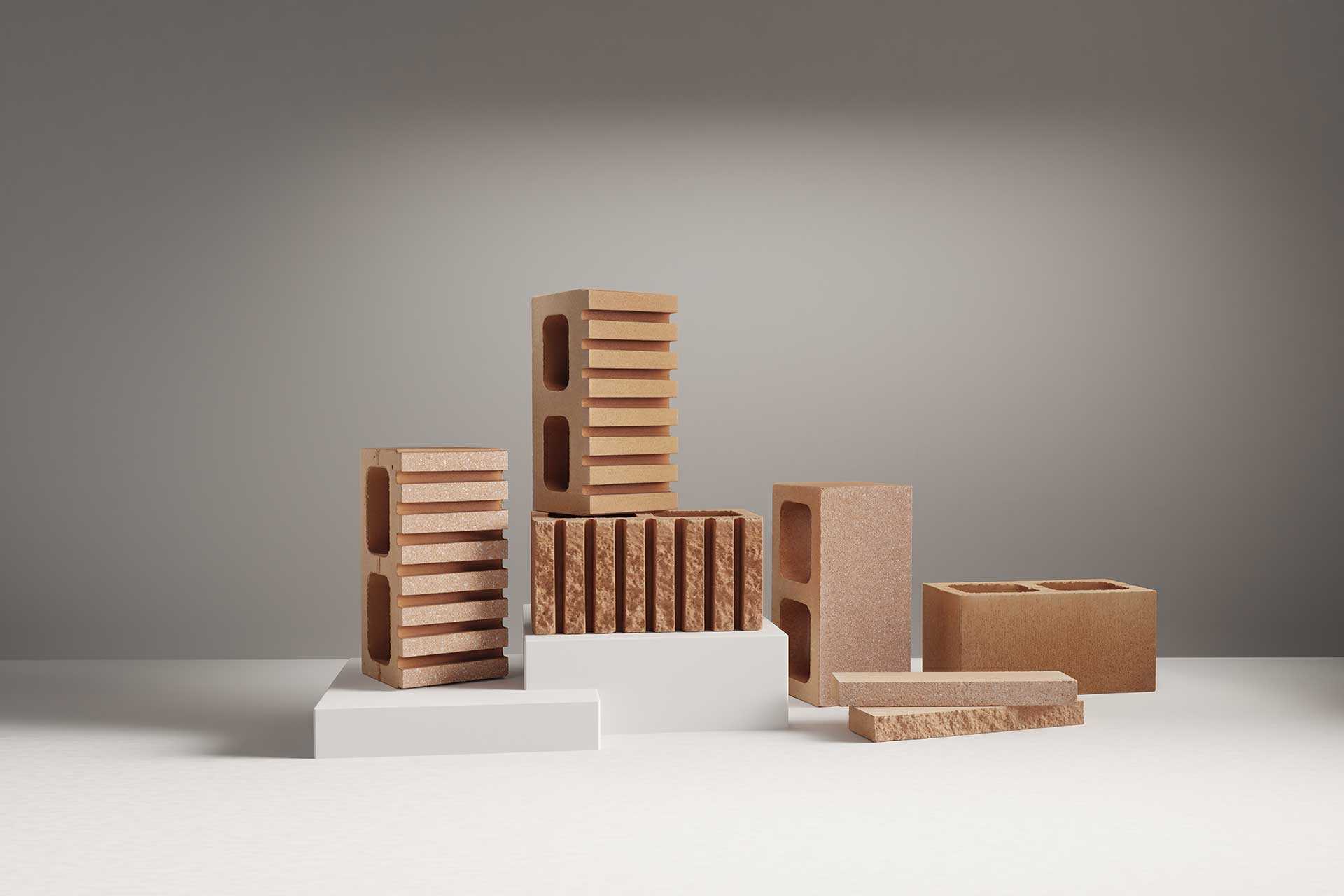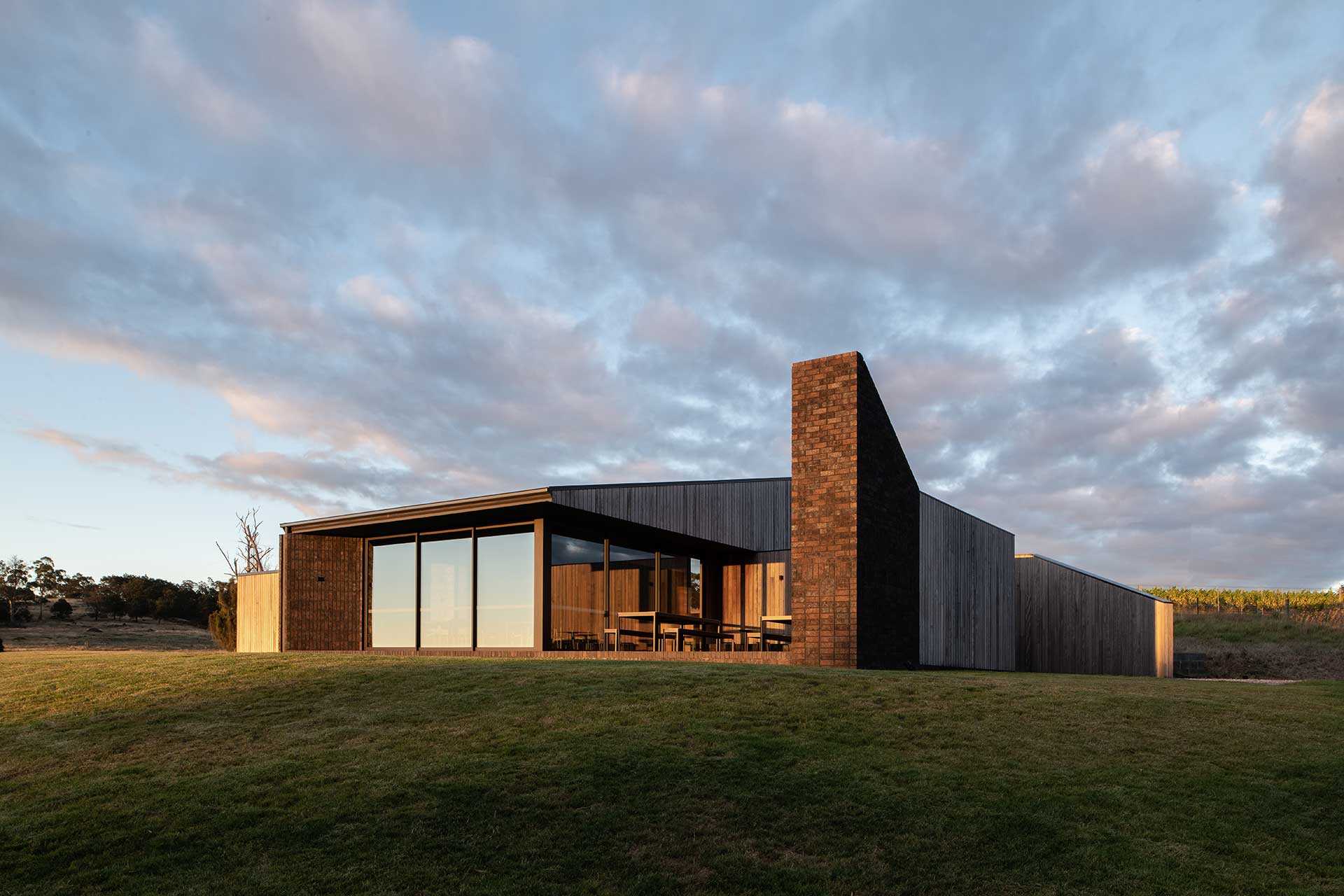Masonry’s True Strength Revealed
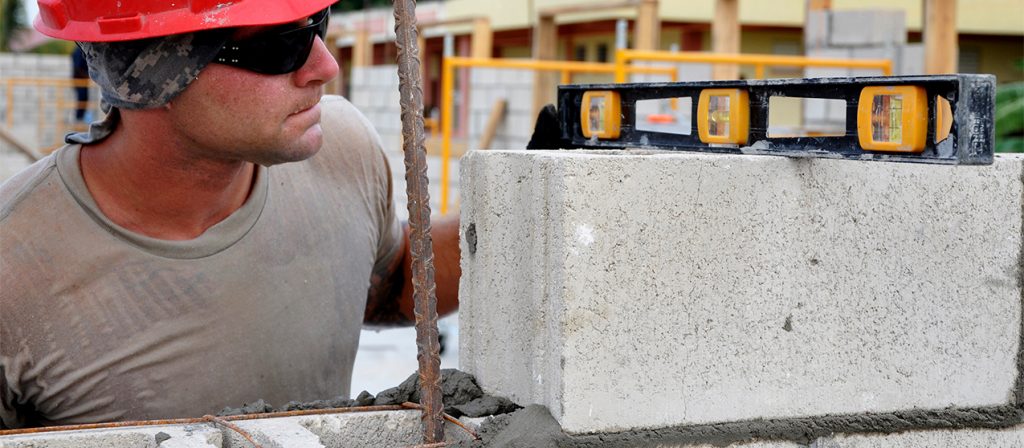
Research is finally recognising the true strength of masonry.
Revised requirements regarding masonry construction in Australia provide new opportunities for innovation in this ancient construction method.
It may be as old as the Pharaohs, but masonry retains a vitally important role in the expanding, evolving world of building construction. As a long-standing friend of builders and architects alike, masonry provides excellent performance in relation to fire protection, structural durability, acoustic performance, thermal regulation and cost.
So it is good news indeed that, with the drive for better-built cities, the proposed changes to the Australian building code AS3700 (which sets out minimum requirements for its deployment) will vastly improve opportunities for the use of masonry in multi-storey building applications. This will better recognise the inherent strength and properties of appropriately detailed masonry construction. By removing barriers to its use, these proposed changes should make masonry more accessible.
Extensive research carried out by the Concrete Masonry Association of Australia (CMAA) in collaboration with the Queensland University of Technology (QUT) has been the driver for the changes. The research has measured the strength of reinforced masonry walls without the presence of lateral restraints as currently defined in AS3700.
The current requirements are often difficult to achieve on site, require considerable time to build, and are expensive to achieve. Ironically, when complying with these requirements, it becomes harder to fill cores with grout, thus potentially reducing the quality of build. It is equally puzzling that the current code does not recognise the strength attributed to the structure’s reinforcing bars, with walls considered “unreinforced” when assessing compression. Consequently, research has found that the actual strength of the wall is often substantially underestimated. Further, the research has found that higher compressive strengths in masonry can largely be attributable to the quality and strength of grout infill to the cores.
AS3700 has been under review for some time, in anticipation of its adoption in the 2019 version of the National Construction Code (NCC), and it is likely that changes that have been approved by the BD-004 standards committee will remove several barriers to the use of masonry. These changes include:
· Relaxing the requirements for the detailing of vertical reinforcing bar and lateral restraints to these bars.
· Better recognition of the actual contribution of grout to the compressive strength of a wall, and
· Removal of the current limitation on the allowable grout strength (being 1.3 x the masonry unit’s strength)
The research has confirmed that the grout infill provides some degree of lateral restraint to prevent the vertical steel/ blockwork wall from buckling when compressed. The proposed formula provides higher capacities than that currently represented in AS 3700 (2011) without any need for lateral reinforcement detailing. The new approach thus provides for better efficiencies in materiality and cost, particularly when using blockwork in multiple story configurations. As such, this new research provides an evidence-based reassessment of masonry wall design capacity.
It also fundamentally allows for reinforced walls to be assessed as such, rather than defaulting to “unreinforced walls” in accordance with the current code. The standard has also been redrafted to provide guidance on the use of stack bonded masonry, popular within contemporary design.
With the increasing use and proliferation of high strength grout products we can expect reinforced blockwork walls to achieve building heights suitable for both low and mid-rise buildings. This dovetails well with residential and public buildings that ultimately will positively contribute to the character of our urban landscape.
Written by: John Bahoric
Learn about our products.
Join us at an event.
